How to Write a Discount Request Letter Template
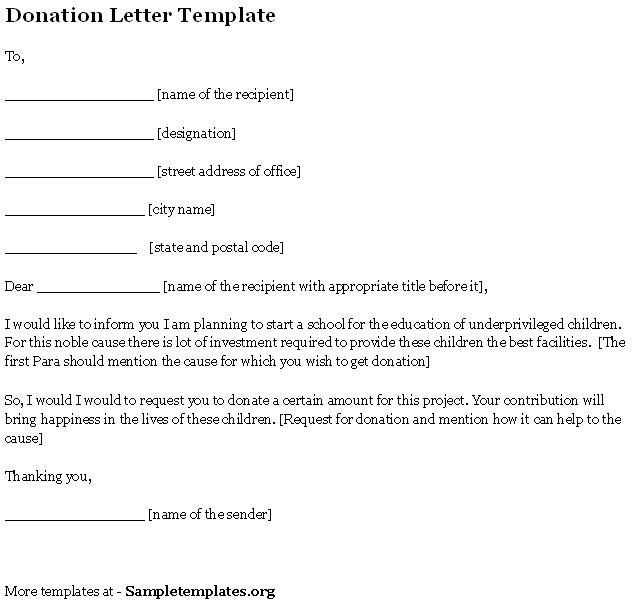
Negotiating a better price is an essential skill in both personal and professional settings. Whether you are dealing with a supplier, service provider, or retailer, knowing how to properly ask for a reduction can lead to significant savings. The key to success lies in crafting a message that is clear, respectful, and persuasive.
Understanding the key elements of a well-structured appeal can make a significant difference. It’s important to present your case in a way that shows your value as a customer and offers a reason for the consideration of a better deal. This approach not only increases the chances of success but also fosters positive relationships with vendors.
By following certain guidelines and using the right tone, you can effectively communicate your desire for a price adjustment. With the right strategies, you’ll be able to improve your negotiation skills and secure more favorable terms in future dealings.
Creating a Professional Discount Request Letter
When negotiating better terms with a supplier or service provider, the approach you take in your communication is crucial. Crafting a professional and respectful message can significantly improve your chances of achieving a more favorable price. It is important to clearly express your intentions while maintaining a polite tone throughout the conversation.
Structure Your Message Clearly
Begin by addressing the recipient properly, using a professional greeting. Make sure to introduce yourself and state the purpose of your communication early on. A clear structure will help your message stand out and make it easier for the recipient to understand your position. Keep the content concise but thorough, explaining your rationale for seeking a reduction without overwhelming the reader with unnecessary details.
Maintain a Respectful and Persuasive Tone
Your tone should be polite yet assertive. Acknowledge the value of the products or services you are negotiating for, while expressing your expectation for a more favorable offer. This approach helps to maintain a positive relationship with the other party, even if they may not immediately agree to your terms. Offering a clear justification for your request, such as volume purchases or long-term commitment, can strengthen your position.
Essential Elements of a Discount Letter
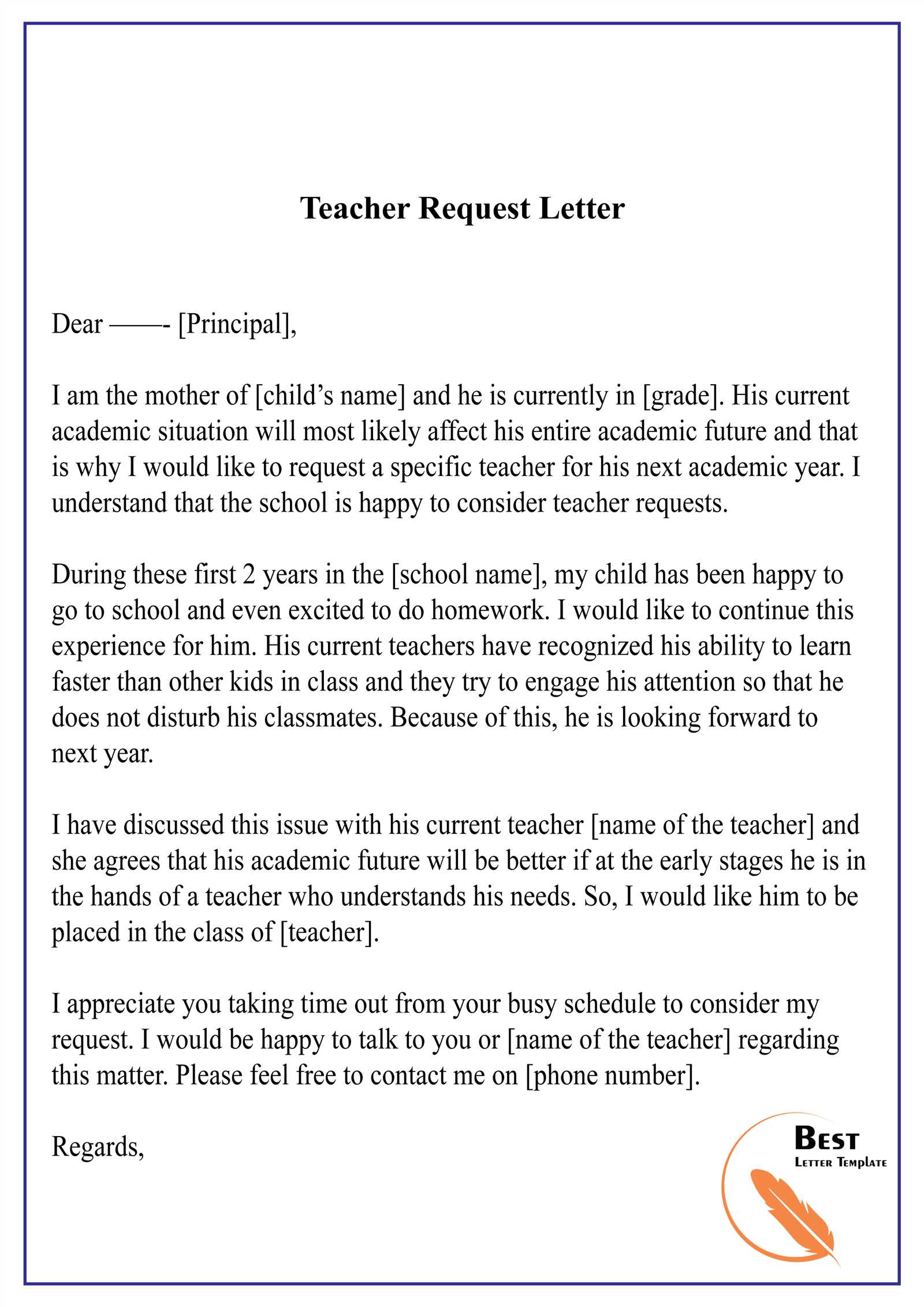
To craft an effective message asking for better pricing, certain key components must be included. These elements will help convey your point clearly and ensure your communication is taken seriously. A well-structured request will include the right mix of professionalism, clarity, and justification.
Clear and Professional Introduction
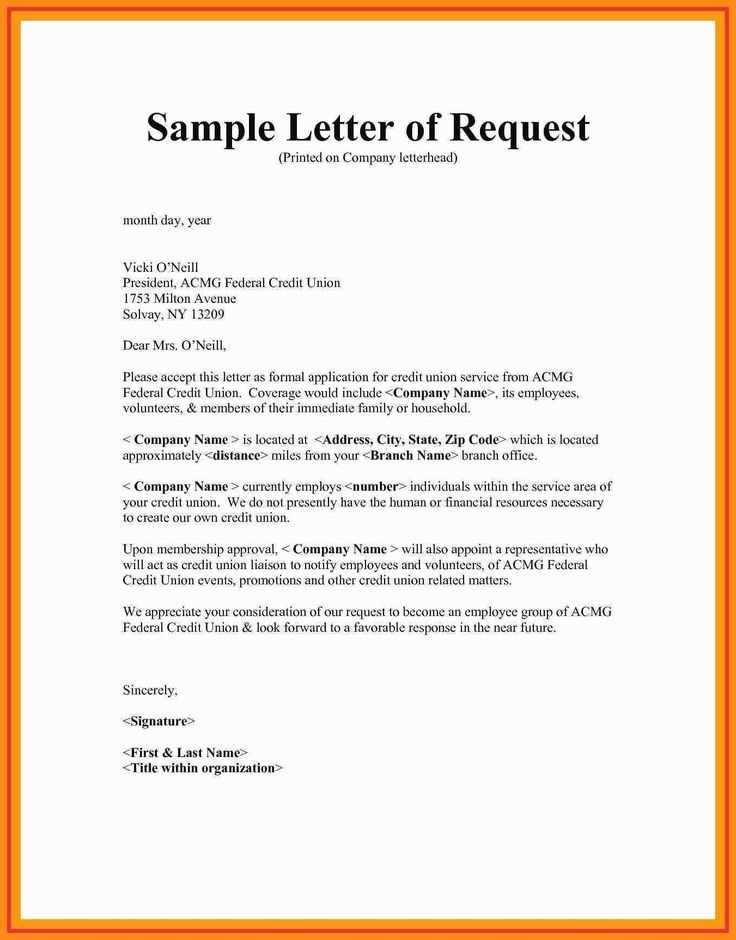
Start with a professional greeting and clearly identify the reason for your communication. Make sure to introduce yourself or your company if necessary, and establish the purpose of the message early on. Providing context helps the recipient understand the background of your inquiry, making it easier for them to consider your request. Avoid long-winded introductions, keeping it direct and to the point.
Justification and Supporting Arguments
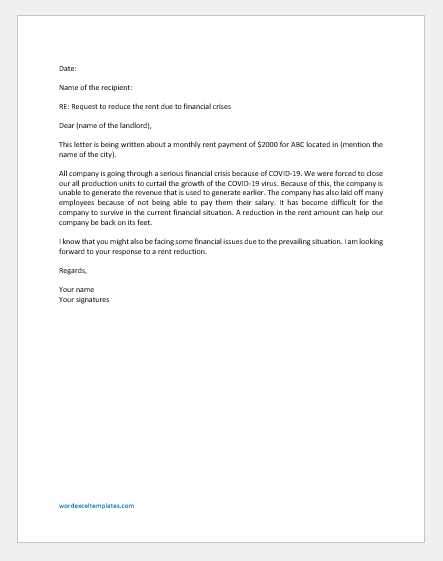
Include a strong justification for why you believe a price reduction is warranted. Whether it’s based on loyalty, bulk purchasing, or market comparisons, providing reasons helps build your case. It’s important to make the recipient feel that your request is reasonable and beneficial to both parties. Offering facts or figures can further strengthen your argument and demonstrate the value of a potential deal.
Tips for Writing a Persuasive Request
When seeking a more favorable deal, your communication must be compelling and convincing. A persuasive approach is essential to increase your chances of success. By using the right language and tone, you can effectively present your case and make a strong argument for better terms.
Start by clearly stating your intentions and providing a reasonable explanation for why you are asking for a reduction. Be concise yet detailed enough to highlight the benefits of your proposal. A respectful tone is crucial; always acknowledge the value of the products or services you are negotiating for. This shows that you are not only asking for a favor but are also aware of the worth of what you are receiving.
Another key to persuasion is showing flexibility. Instead of presenting a rigid stance, be open to negotiation and ready to explore different options. This approach demonstrates that you are willing to work with the other party, fostering goodwill and potentially leading to a more favorable outcome.
How to Address the Recipient Correctly
Addressing the recipient in a professional and respectful manner is crucial for setting the right tone in your communication. The way you begin your message can influence how your proposal is received. It’s essential to choose the right approach, whether you are contacting an individual or a company representative.
Use the Proper Salutation
When addressing someone in a professional context, it’s important to use the appropriate salutation. This helps to create a respectful atmosphere and shows that you understand business etiquette. Here are a few tips:
- Use “Dear [Full Name]” if you know the person’s name.
- If you are unsure of the recipient’s gender, use a neutral greeting such as “Dear [First Name] [Last Name]”.
- If you are addressing a group, use “Dear [Company Name] Team” or “Dear [Department Name].”
- Avoid overly casual greetings, such as “Hi” or “Hey”, in professional messages.
Confirm the Correct Title
Ensuring that you use the correct title is also crucial. Addressing someone by their proper title reflects professionalism and respect. Here are some common titles to consider:
- Mr. / Ms. – For general use when the recipient’s full name is known.
- Dr. – For someone with a doctoral degree.
- Prof. – For professors or academics.
- Director / Manager – When addressing someone with a managerial role.
Common Mistakes to Avoid in Letters
When trying to negotiate better terms or propose adjustments, certain pitfalls can diminish the effectiveness of your message. Avoiding these common mistakes ensures that your communication remains professional and persuasive. A well-crafted message is more likely to receive a positive response when it is clear, respectful, and error-free.
Overly Aggressive or Demanding Tone
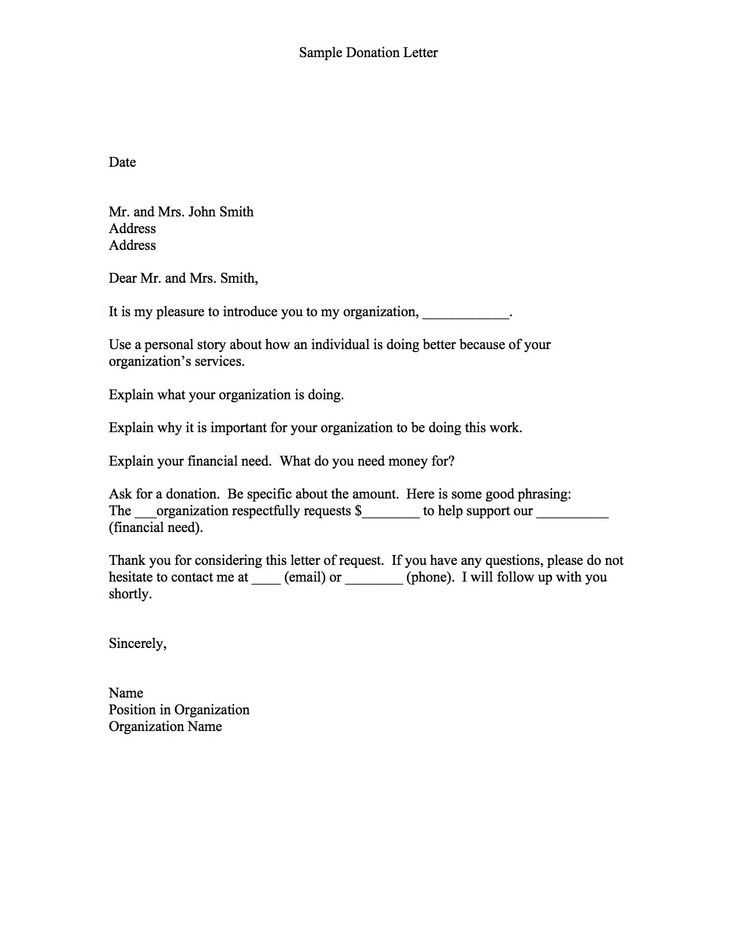
One of the most common mistakes is using a tone that feels demanding or entitled. It’s essential to be assertive without crossing into aggression. A message that comes across as too forceful or entitled may alienate the recipient and lead to an unfavorable outcome. Always aim for a tone that is polite and professional, showing respect for the recipient’s position.
Failure to Provide Adequate Justification
Another mistake is neglecting to explain why you are asking for better terms. Simply stating the desire for a reduction without providing context or reasoning leaves the recipient with no clear understanding of your expectations. Always offer a valid justification, such as loyalty, long-term business, or market comparisons, to strengthen your request.
Formatting and Tone for Success
To ensure that your communication is effective, both the formatting and tone are crucial. A well-structured message that uses the right language can make a significant difference in how your proposal is perceived. Proper organization and a respectful approach will help you build credibility and increase the likelihood of a positive response.
| Formatting Aspect | Importance |
|---|---|
| Clear Structure | Helps the recipient easily navigate through the key points. |
| Professional Font and Size | Enhances readability and ensures the message appears polished. |
| Paragraph Breaks | Prevents overwhelming the reader with large chunks of text, making the message easier to follow. |
Alongside formatting, maintaining the right tone is essential. A respectful, confident, and polite tone sets a professional atmosphere, making your proposal more appealing. Avoid sounding too casual or too demanding; a balanced approach will help establish trust and increase the likelihood of achieving your desired outcome.
Examples of Discount Request Letters
Understanding how to structure your message can be helpful when crafting your own communication. Below are a few examples of how to approach a negotiation for better terms. These examples illustrate various scenarios where adjustments in pricing might be appropriate, each with a slightly different tone and approach depending on the context.
Example 1: Negotiating a Reduction for Long-Term Customers
Dear [Recipient Name],
I hope this message finds you well. As a loyal customer of [Company Name] for the past [X years], I have greatly appreciated the quality of service and products provided. Given the longevity of our business relationship, I would like to inquire if there might be an opportunity for a more favorable pricing arrangement moving forward. I look forward to your response and hope we can continue our successful partnership.
Kind regards,
[Your Name]
Example 2: Requesting a Reduction Due to Market Changes
Dear [Recipient Name],
I am writing to discuss the terms of our current agreement. With recent changes in the market, I believe it would be reasonable to revisit the pricing structure. Considering the adjustments in industry standards, I would appreciate it if we could explore a possibility for a price reduction to align more closely with current market conditions. I am confident we can reach an agreement that benefits both parties.
Best regards,
[Your Name]
Using Templates for Quick Drafts
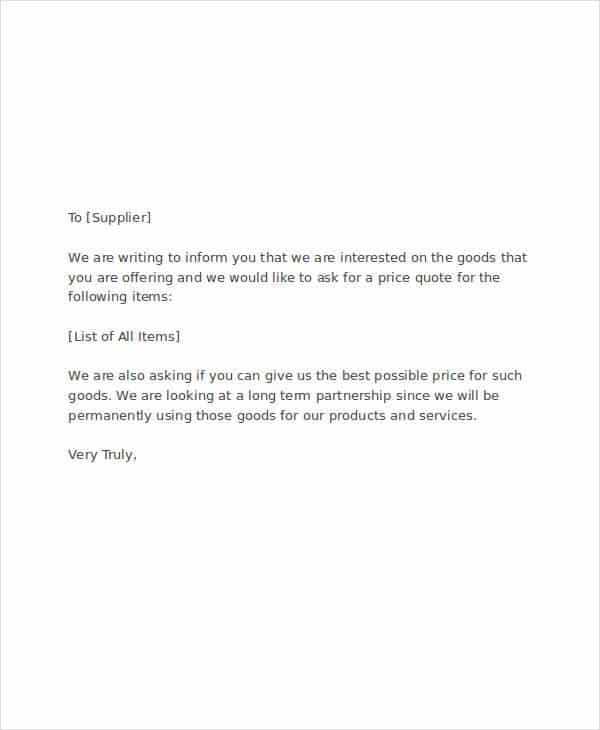
Having a pre-structured framework for your communication can significantly speed up the process of drafting a message. Templates offer a convenient way to quickly organize your thoughts and ensure that all key points are addressed. By using a well-crafted outline, you can focus on customizing the content to suit your specific needs without worrying about the overall structure.
Advantages of Using Pre-Formatted Frameworks
- Time Efficiency: Reduces the time spent starting from scratch, allowing for a faster turnaround.
- Consistency: Helps maintain a consistent tone and structure across multiple communications.
- Professional Appearance: Ensures your communication looks polished and well-organized, making a positive impression.
How to Customize Templates Effectively
- Personalization: Adjust the content to reflect your specific situation, keeping the message relevant and targeted.
- Clarity: Ensure that the main objective of your message is clear and unambiguous.
- Respectful Language: Maintain a courteous and professional tone to foster positive responses.